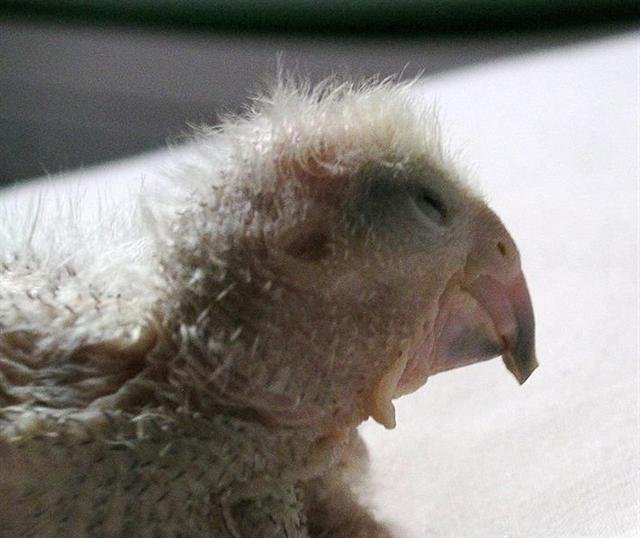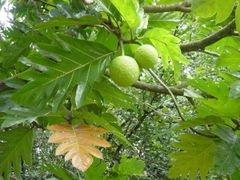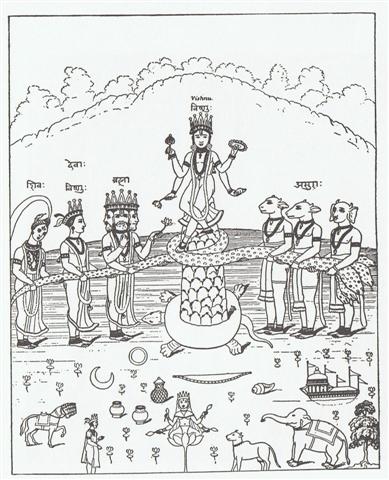|
RIGEL
I suggest the idea of The Southern Cross was closely connected with the idea of death and rebirth (returning to life, resurrection) - always rolling along without limit (aditi):
... In Hindu legend there was a mother goddess called Aditi, who had seven offspring. She is called 'Mother of the Gods'. Aditi, whose name means 'free, unbounded, infinity' was assigned in the ancient lists of constellations as the regent of the asterism Punarvasu ...
We can for instance remember an Easter Island name for Mimosa (Rau Hei):
I.e., reasonalbly also for the star named Mimosa (β Crucis), above the shadow of a dark bird:
In the star map above the vertical (Sun) numbers 220 and 300 suggest the difference 80 (→ 4 * 20 → *420 → May 14) - as in the day number at 0h in a regular year according to the Gregorian calendar. In contrast the horizontal movement by counting up from 490 to 590 siggests the difference 100 (→ 400 / 4), i.e. as counted from the south pole star Dramasa (*320 → *420 - *100) in February 2 (31 + 2 = 33)
Maga. Branch (of tree). Magahaiga, part of the arm near the armpit, armpit. Magamaga: 1. Finger (rima matu'a neanea, thumb; tuhi henua, index finger; roaroa tahaga, middle finger; tuhia háûa, ring finger; komaniri-komanara, little finger). 2. Seaweed (shaped like small fingers). Vanaga. 1. (mama 2) A mouthful; maga nuinui, to gobble. 2. Garbage. 3. Index finger. 4. A branch; magamiro, a branch, a limb; magamaga, fork, finger, claw, rod; magamaga miro, a branch, a limb; magamaga rima, finger; magamaga vae, toe; magamaga tumu, great toe; hakamaga, a roof; magaga, fork; magatuhi, index finger; hakamagaturu, slope of a roof. Churchill. to May 13 (133, *53) where Acrux culminated (at 21h), a distance which stretched for 100 days → 46 + 54. ... Allen has documented all his star culminations at 21h, which could be due to an effort of keeping the culminations at their proper places according to the ancients, 24h (spring equinox) - 21h = 3h = 24h / 8 = 45º. 3h corresponds to 366 / 8 = 45.75 of my right ascension days and *366 - *46 = *320 (Dramasa, σ Octantis) ...
The 'essence (soul) of a god' was mahoi and to unfailingly return (hoki, hoi) was presumably a heritage from Aditi.
Or rather the withershins (Moon) movement by counting down from 590 to 490 (by subtracting 100). This event should occur at the beginning of the nightside because it was located between 12h and 13h. I have also established a glyph type named hua poporo:
Although Metoro said 'ku tupu te poporo' at Ca9-8 is seems to be more of a hint than a true explanation, because these 'black berries' are not 4 (→ 400): ... in the Marquesas they counted the fruits from the breadfruit trees in fours, perhaps thereby explaining the four 'berries' in this type of glyph. The breadfruit did not grow on Easter Island but the berries of Solanum nigrum were eaten in times of famine. Barthel compares with the word koporo on Mangareva. The poor crop of breadfruits at the end of the harvest season was called mei-koporo, where mei stood for breadfruit. On other islands breadfruit was called kuru, except in the Marquesas which also used the word mei. Koporo was a species of nightshade ...
And then there was the idea of resurrection (mimosa) following death (†) - after subtracting 100 from 590 (20 * 29½). 59 + 49 = 108 = 2 * 54 = 4 * 27. ... Shall one add Angkor to the list? It has five gates, and to each of them leads a road, bridging over that water ditch which surrounds the whole place. Each of these roads is bordered by a row of huge stone figures, 108 per avenue, 54 on each side, altogether 540 statues of Deva and Asura, and each row carries a huge Naga serpent with nine heads. Only, they do not 'carry' that serpent, they are shown to 'pull' it, which indicates that these 540 statues are churning the Milky Ocean, represented (poorly, indeed) by the water ditch, using Mount Mandara as a churning staff, and Vasuki, the prince of the Nagas, as their drilling rope ...
... According to an etiological Hawaiian myth, the breadfruit originated from the sacrifice of the war god Kū. After deciding to live secretly among mortals as a farmer, Ku married and had children. He and his family lived happily until a famine seized their island. When he could no longer bear to watch his children suffer, Ku told his wife that he could deliver them from starvation, but to do so he would have to leave them. Reluctantly, she agreed, and at her word, Ku descended into the ground right where he had stood until only the top of his head was visible. His family waited around the spot he had last been day and night, watering it with their tears until suddenly a small green shoot appeared where Ku had stood. Quickly, the shoot grew into a tall and leafy tree that was laden with heavy breadfruits that Ku's family and neighbors gratefully ate, joyfully saved from starvation ...
|
||||||||||||||||||||||||||||||||||||||||||||||||||||||||||||||||||||||||||

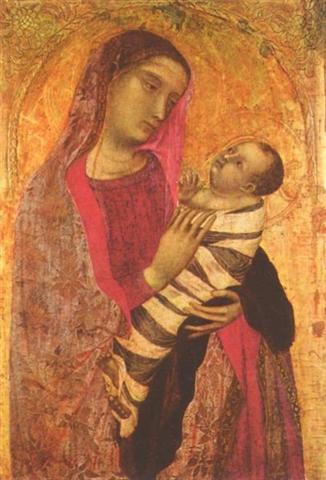

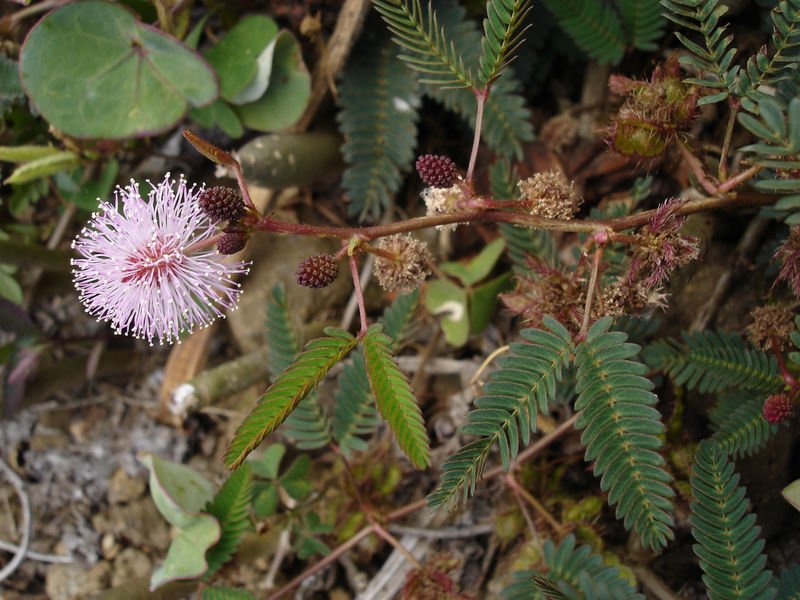
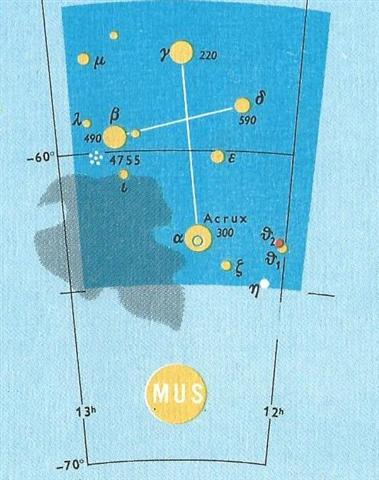
.jpg)



